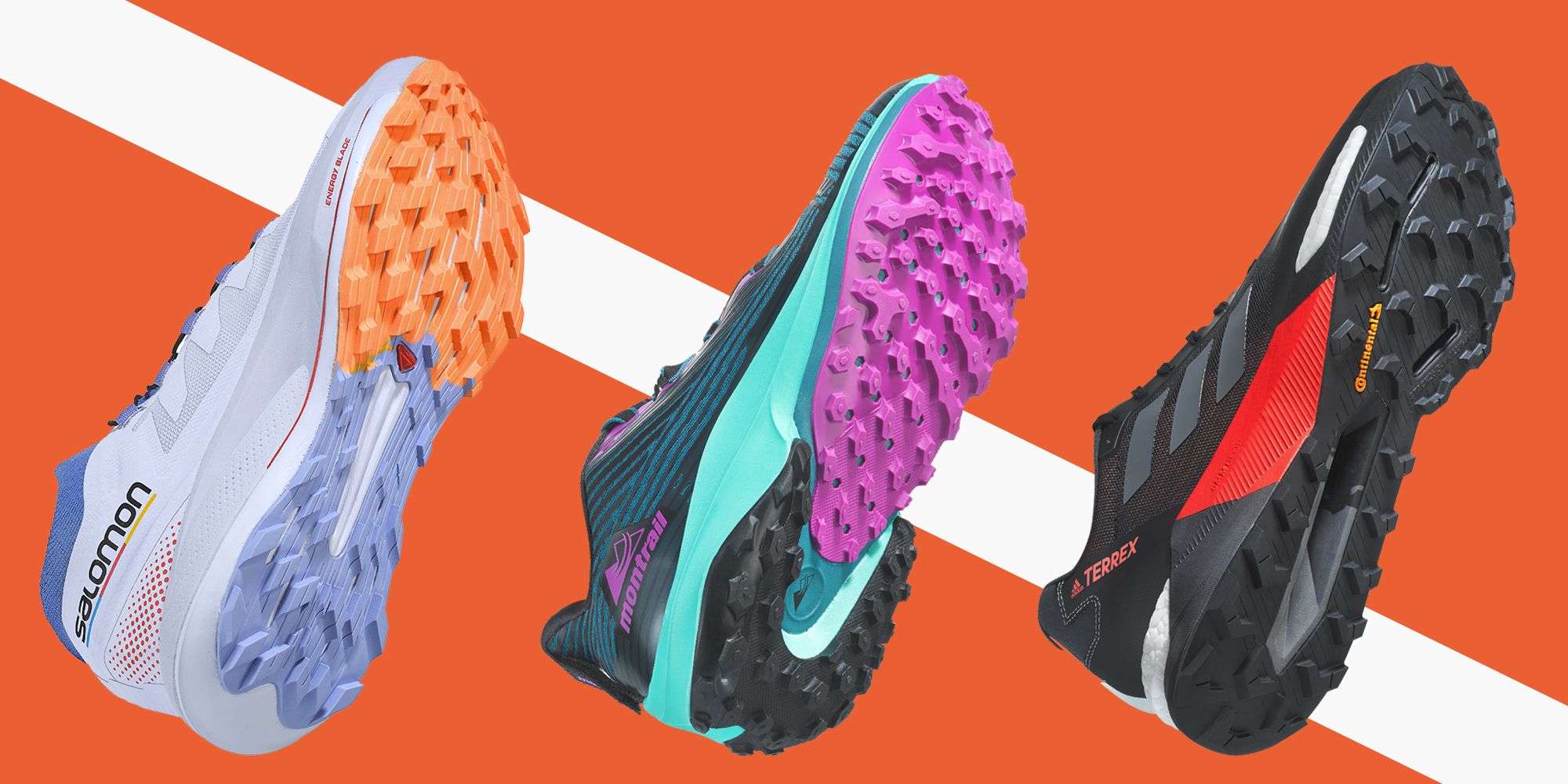Sports Shoes UK is a brand that specializes in athletic footwear and related accessories, primarily in the United Kingdom. The brand is known for offering a wide variety of sports shoes for different types of sports such as running, hiking, tennis, football, and many more.
The Sports Shoes UK brand focuses on providing high-quality and durable footwear that caters to the needs of athletes and fitness enthusiasts. They offer a range of products that are designed to provide maximum support, comfort, and performance during physical activity.
In addition to their footwear range, Sports Shoes UK also offers other accessories such as socks, insoles, and sports apparel. The brand is committed to providing products that are not only functional but also stylish and fashionable.
Sports Shoes UK has built a strong reputation in the market for its commitment to quality, innovation, and customer service. Their products are widely recognized for their durability and reliability, making them a preferred choice among athletes and fitness enthusiasts.
Overall, the Sports Shoes UK brand is synonymous with high-quality athletic footwear and accessories, designed to help athletes and fitness enthusiasts perform to the best of their abilities.
History and Evolution of Sports Shoes
The history and evolution of sports shoes can be traced back to the mid-19th century, when people began participating in organized sports such as track and field and tennis. Prior to this, footwear was mainly designed for everyday wear and was not specialized for athletic activities.
In the late 1800s, companies began producing specialized athletic shoes for specific sports, such as spiked running shoes for track and field events. In the early 1900s, the first rubber-soled shoes were introduced, which provided better traction on the playing field.
During the 1920s and 1930s, sports shoes became more popular as organized sports and leisure activities gained in popularity. Companies such as Converse and Keds introduced canvas sneakers, which were comfortable and affordable, and quickly became popular among athletes and non-athletes alike.
In the 1950s, the introduction of new materials such as nylon and synthetic rubber led to the development of more advanced sports shoes. The 1960s and 1970s saw the rise of jogging and other fitness activities, which led to increased demand for sports shoes that provided better support and cushioning.
During the 1980s, companies such as Nike and Reebok emerged as major players in the sports shoe industry, with their innovative designs and marketing campaigns. The introduction of air cushioning and other new technologies further enhanced the performance and comfort of sports shoes.
In the 1990s and 2000s, sports shoes became more specialized for specific sports and activities, with shoes designed specifically for running, basketball, soccer, and other sports. The rise of online shopping and e-commerce has also made it easier for consumers to find and purchase sports shoes from a wide range of brands and retailers.
Today, sports shoes continue to evolve and improve, with new materials, designs, and technologies being introduced all the time. Companies such as Adidas, Under Armour, and New Balance have emerged as major players in the industry, alongside established brands such as Nike and Reebok. Sports shoes are now designed to provide not only performance and comfort, but also style and fashion, making them a popular choice for people of all ages and backgrounds.
Benefits of wearing Sports Shoes
There are many benefits to wearing sports shoes for athletic activities, fitness, and everyday wear. Here are some of the key benefits:
- Support and Stability: Sports shoes are designed to provide support and stability to your feet, which can help prevent injuries and improve your performance. They typically feature reinforced soles, arch support, and other features that help keep your feet in the correct position.
- Cushioning: Sports shoes are also designed to provide cushioning and shock absorption, which can help reduce the impact on your joints and prevent pain and injuries. This is particularly important for activities that involve a lot of running or jumping.
- Traction: Many sports shoes are designed with specialized soles that provide better traction on a variety of surfaces, including wet and slippery surfaces. This can help prevent slips and falls, which can be especially important for activities such as basketball, soccer, and tennis.
- Durability: Sports shoes are typically made with high-quality materials and designed to withstand the wear and tear of athletic activities. This means they tend to last longer than regular shoes, saving you money in the long run.
- Style: Sports shoes are available in a wide range of styles and colors, which means that you can find a pair that matches your personal style and preferences. This can be especially important for younger people who place a high value on fashion and style.
Overall, wearing sports shoes can help improve your athletic performance, prevent injuries, and provide comfort and support during everyday activities. Whether you’re a serious athlete or just looking for a comfortable and stylish pair of shoes, sports shoes are a great choice.
Materials used in Sports Shoes
Sports shoes are made with a variety of materials, each with their own unique properties and benefits. Here are some of the most common materials used in sports shoes:
- Synthetic materials: Many sports shoes are made with synthetic materials such as polyester, nylon, and mesh. These materials are lightweight, breathable, and flexible, which makes them ideal for athletic activities. They also tend to dry quickly, which can be important for activities that involve water or sweat.
- Leather: Leather is a popular material for sports shoes, especially for basketball and soccer shoes. Leather is durable, flexible, and provides good support, making it a good choice for sports shoes that need to withstand a lot of wear and tear.
- Rubber: Rubber is commonly used in the soles of sports shoes because it provides good traction and grip on a variety of surfaces. It’s also durable and can withstand a lot of wear and tear.
- Foam: Foam is often used in the midsoles of sports shoes because it provides cushioning and shock absorption. Different types of foam are used depending on the level of cushioning required, and some shoes feature multiple layers of foam for added comfort.
- Carbon fiber: Carbon fiber is a lightweight and durable material that is sometimes used in the soles of sports shoes to provide added stability and support. It’s particularly popular in running shoes, where it’s used to reduce the weight of the shoe while maintaining its strength and durability.
- Gore-Tex: Gore-Tex is a waterproof and breathable material that is sometimes used in sports shoes for outdoor activities such as hiking and trail running. It helps keep your feet dry and comfortable in wet conditions, while still allowing your feet to breathe.
These are just a few examples of the many materials used in sports shoes. The choice of materials will depend on the specific needs and requirements of the sport or activity, as well as the desired level of comfort, support, and durability.

















